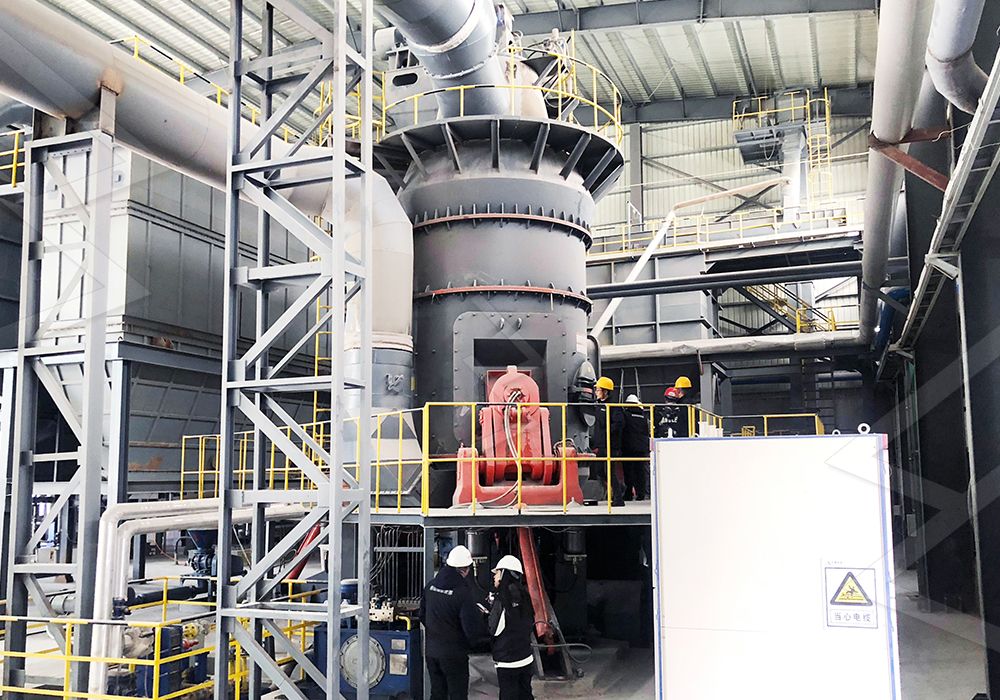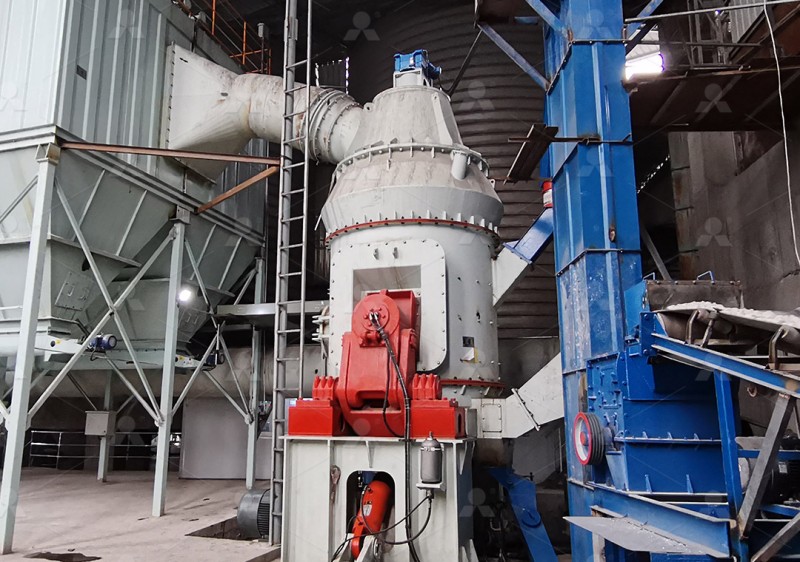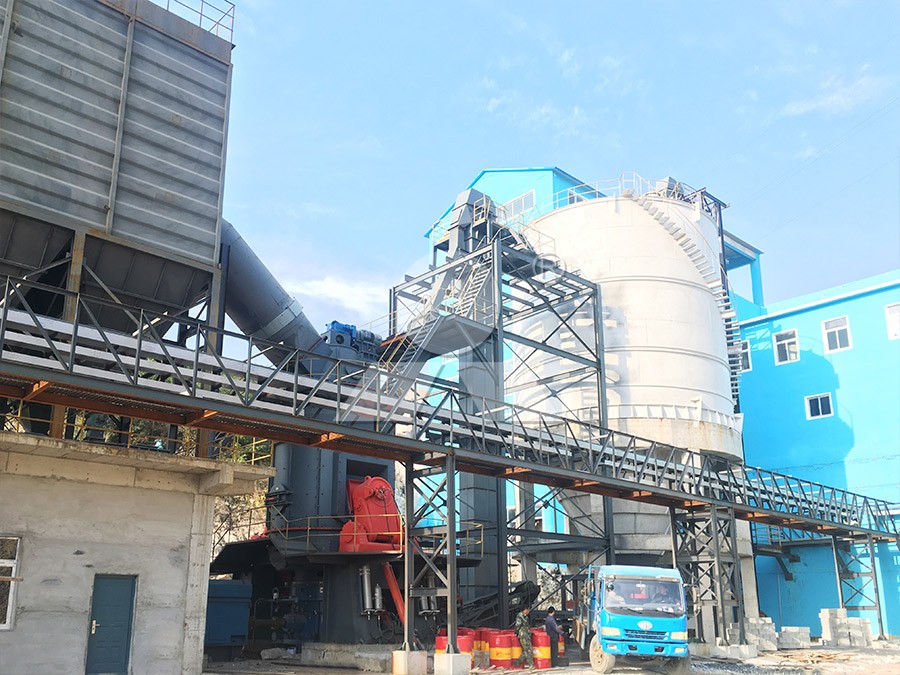Steam Milling Process for Comprehensive Slag Overhaul and Maintenance
Revolutionizing Slag Processing Through Advanced Milling Technology
In today’s industrial landscape, efficient slag processing has become paramount for both economic and environmental sustainability. The steam milling process represents a significant advancement in comprehensive slag overhaul and maintenance, offering unprecedented efficiency in transforming industrial byproducts into valuable resources. This technology has evolved beyond traditional methods to address the complex challenges of slag composition and variability.

The fundamental challenge in slag processing lies in the material’s abrasive nature and variable composition. Traditional grinding methods often struggle with inconsistent particle size distribution and excessive energy consumption. However, recent technological innovations have transformed this landscape, particularly through the development of specialized vertical grinding mills designed specifically for slag applications.
Optimizing the Steam Milling Workflow
A properly configured steam milling system integrates multiple processes into a seamless operation. The journey begins with raw slag preparation, where material is crushed to appropriate sizes before entering the milling chamber. The heart of the system lies in the grinding mechanism, where precision engineering ensures consistent particle size reduction while minimizing energy expenditure.
For operations requiring specialized slag processing capabilities, our LM Vertical Slag Mill stands out as an exemplary solution. This system integrates drying, grinding, powder selection and conveying into a single, efficient unit. With a capacity range of 7-100T/H and handling input sizes of 38-65mm, this mill reduces the covered area by approximately 50% compared to ball milling systems while cutting energy consumption by 30-40%. The unique grinding device achieves integration of grinding and powder selection, specifically focusing on slag milling requirements.

Advanced Features for Superior Performance
Modern slag mills incorporate several critical innovations that distinguish them from conventional grinding equipment. The absence of rolling bearings and screws in the grinding chamber eliminates common failure points, while external lubrication systems enable maintenance without production stoppages. These design considerations are crucial for operations requiring continuous 24-hour production cycles.
Another significant advancement comes in the form of intelligent separation technology. The cage-type powder selector, incorporating German engineering principles, allows precise control over final product fineness. Operators can adjust particle size between 325-2500 meshes while achieving screening rates of d97≤5μm in a single pass. This precision is particularly valuable for slag applications where consistent product quality determines market value.
Environmental Considerations and Compliance
Contemporary milling systems must address environmental regulations while maintaining operational efficiency. Integrated pulse dust collectors and muffler systems effectively contain particulate matter and reduce noise emissions. The completely sealed negative-pressure operation ensures no dust spillage, maintaining workplace air quality and meeting stringent international emission standards.
For operations requiring ultra-fine powder production from slag, the MW Ultrafine Grinding Mill offers exceptional capabilities. With an input size range of 0-20 mm and capacity of 0.5-25 tph, this machine delivers higher yielding at lower energy consumption. The newly designed grinding curves of grinding roller and grinding ring enhance grinding efficiency, achieving production capacity 40% higher than jet grinding mills and twice that of ball grinding mills, while using only 30% of the energy consumption of jet grinding systems.

Maintenance Strategies for Long-Term Reliability
Proactive maintenance represents the cornerstone of sustainable slag milling operations. The reversible structure of modern mills allows easy access to grinding components, significantly reducing downtime during wear part replacement. Digital monitoring systems provide real-time performance data, enabling predictive maintenance before critical failures occur.
Regular inspection cycles should focus on grinding roller and ring wear patterns, separator efficiency, and dust collection system integrity. The availability of original spare parts ensures optimal compatibility and performance retention, while comprehensive technical support minimizes operational disruptions.
Frequently Asked Questions
What is the typical lifespan of grinding components in slag milling applications?
Grinding rollers and rings made of wear-resistant alloys typically last 1.7-2.5 times longer than traditional high manganese steel components, with service intervals varying based on slag abrasiveness and production volume.
How does steam milling compare to traditional ball mills for slag processing?
Steam milling systems reduce energy consumption by 30-40%, decrease footprint requirements by 50%, and offer superior particle size control compared to traditional ball mills.
What environmental benefits do modern slag mills provide?
Advanced systems operate under negative pressure with integrated dust collection, reducing particulate emissions to levels far below international standards while incorporating noise reduction technology.
Can the same mill process different types of slag?
Yes, modern mills with adjustable grinding pressure and separator speed can handle various slag types, though optimal settings should be determined for each material composition.
What maintenance advantages do vertical slag mills offer?
Features like external lubrication systems, reversible structures for component access, and the absence of internal screws and rolling bearings significantly reduce maintenance time and complexity.
